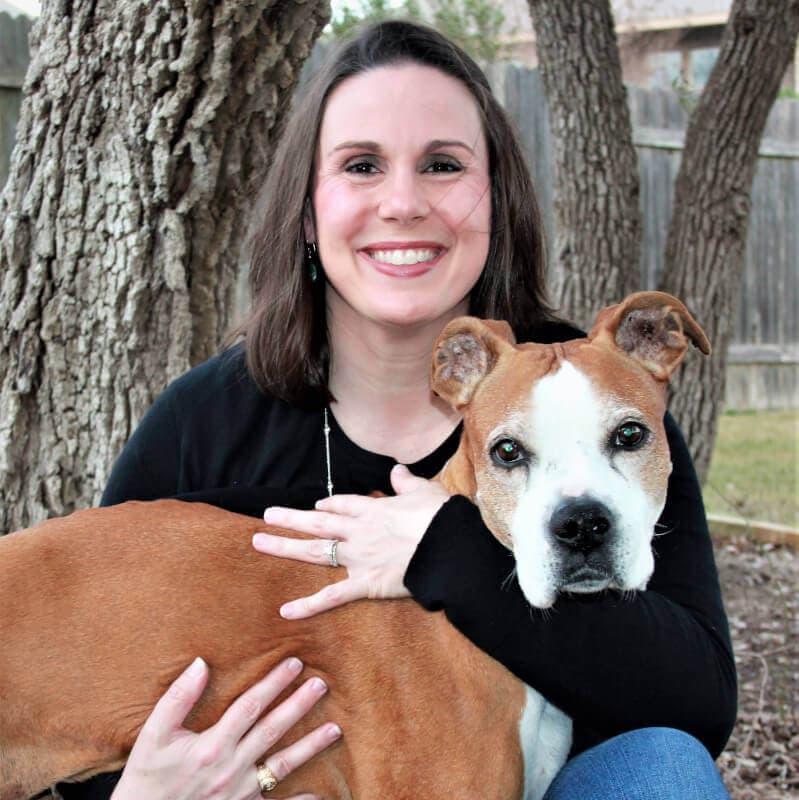Dog Spay and Neuter Advice from Veterinarians
As someone who is has turned to the internet for information on dog spaying or neutering, you've shown that you understand the importance of this procedure. It makes sense that you have questions about how to help your dog prepare for surgery and heal well afterward, especially if this is your first puppy or adult dog. At GeniusVets, we firmly believe that petcare information should come from veterinarians and not from “Dr. Google.” That’s why we’ve taken the most common dog spay and neuter questions sent these questions to renowned veterinarians across the U.S. and compiled their replies to get you valuable information that you can trust.
While all of the dog spay and neuter information and recommendations below have been sourced directly from leading veterinarians across the country, please make sure to seek out the advice of your own veterinarian or find a trusted veterinarian near you using the GeniusVets Directory.
What is the difference between dog spaying and neutering?
Spaying is surgical sterilization for females, during which we remove the ovaries and the uterus. And neutering is for males, and that’s when we remove the testicles.
How does dog spaying or neutering impact the health and wellbeing of my dog?
Spays and neuters for dogs are very beneficial in preventing certain diseases. For example, female dogs can get something called a pyometra, an infection of their uterus, or breast or uterine cancer. If left intact, male dogs can have prosthetic issues in which they have trouble urinating and have an increased risk of cancer. And then there’s the obvious benefit of limiting their ability to reproduce and contribute to overpopulation.
How soon should I bring my pet in to see a veterinarian to get my dog spayed or neutered?
There's still some controversy among veterinarians on this timeframe. Some say around five to six months for smaller dogs, but in bigger dogs, research has begun to show that 18 months is a good time because some orthopedic surgeons have found that waiting for skeletal maturity before spaying and neutering makes the dog less likely to have some orthopedic conditions later on in their lives.
In general, we'll start talking about spaying or neutering during your puppy visits, as you're getting puppy vaccines and other preventive care in place. Then, we'll discuss it more seriously at the four to six-month age range. It doesn't necessarily mean we're going to spay or neuter at that age range, though that is an acceptable time for some dogs. Because the decision to spay or neuter at a certain age is tied to the size and breed of the dog, it's best to consult with your veterinarian.
The AAHA has also released a guide to the ages at which a dog should be spayed or neutered.
What are the possible conditions that can be helped by spaying or neutering my dog?
There are many benefits to dog spaying and neutering. As previously mentioned, pyometra, or the infection of the uterus, is an emergency. Unpleasant information ahead! The uterus fills with pus, and she can go septic and get very sick because of that. And, as also mentioned, these procedures can reduce the risk of cancer in male and female dogs. If we can spay female dogs before their first heat, we're much less likely to have incidents of mammary cancer. Intact male dogs can get testicular swelling, Orchitis, or Epididymitis inflammation of the tube that carries the sperm.
There are also some behavioral conditions that we can help with spaying or neutering—things like urine marking in the house, some dominance-related behaviors, digging out from under the fence, and roaming. The above are all things to talk about with your vet, along with the benefits of the timing of the spay or neuter procedure.
To summarize, the conditions that spaying a female dog can help to avoid are:
- Mammary cancer
- Pyometra
- Painful heat cycles
- Female dogs in heat can get agitated by attracting unwanted males, so spaying will help to avoid this
To summarize, the conditions that neutering a male dog can help to avoid are:
- Testicular cancer
- Prostatic disease
- Hernias
- Sexual aggression and other unwanted territorial behaviors, such as urine marking
- Roaming and possibly getting hurt while doing so
What will my veterinarian need to know about my dog before spaying or neutering?
Before spaying and neutering, we want to make sure that your dog's vaccines are up to date. The reason for that is that when a dog is hospitalized or having surgery in the clinic, we need to ensure that the dog is protected from diseases. We’ll also do a complete blood panel to make sure that your animal is a good candidate for anesthesia. This panel will help us look at the pet’s kidneys and liver values, we'll listen to the heart, and we'll make sure that the anesthesia will be safe for your dog.
Age is another crucial factor, so hopefully, you have an idea of how old your dog is. We can determine that with a physical exam within a certain amount of time. And as vets, we’ll also want to know where you are in terms of activity level at home. How's the recovery going to be? We want to make sure that you and your dog are set up for success for this procedure.
How long will it take for my dog to recover from being spayed or neutered?
Dog spay or neuter recovery takes about two weeks, and we'll typically recommend exercise restrictions for 10 to 14 days. Keep it to short leash walks to go potty, and that's it. Do no other exercise, so that is something to plan for before the procedure. Some male dogs will act like nothing happened the next day, but it is essential that you remind your pet that they did just have major surgery, so you have to keep them pretty calm the next one to two weeks after surgery.
What care should I be prepared to provide at home while my dog is recovering from their surgery?
As everyone knows, puppies tend to go about a hundred miles an hour and, due to the exercise restriction, we will typically offer to send home some medication or oral sedation that you can give to help keep them quiet and still. You'll want a small area where they can't go roam through the whole house and jump on furniture. Choose a small room like a bathroom or a laundry room, or use a series of baby gates so that you've got a confined area that's a safe place for them to recover.
Activity restriction is imperative to make sure that the incision doesn't dehisce, which is where the sutures can break open. Unfortunately, that's a situation you’ll have to deal with using surgery...again. You’ll also want to ensure that your dog isn't licking or rubbing at the incision site, as that can cause infection. Those are some things to look out for and be aware of at home. Of course, your veterinarian will send you home with specific instructions for post-operative care, and that may include antibiotics and pain medications, so make sure to follow these guidelines.
If you have any further questions about getting your dog spayed or neutered, ask your veterinarian. If you don't have one yet, we can help you find a local veterinarian!
The Following Veterinarians
Contributed To The Dog Spay or Neuter Information On This Page


The Ultimate Guide
to Dog Care
This free guide is an indispensable manual for dog ownership. Filled with veterinary advice and recommendations on every important topic at each stage of your dog’s life, this is all the stuff that responsible dog owners need to know. That is why we are making it free!




